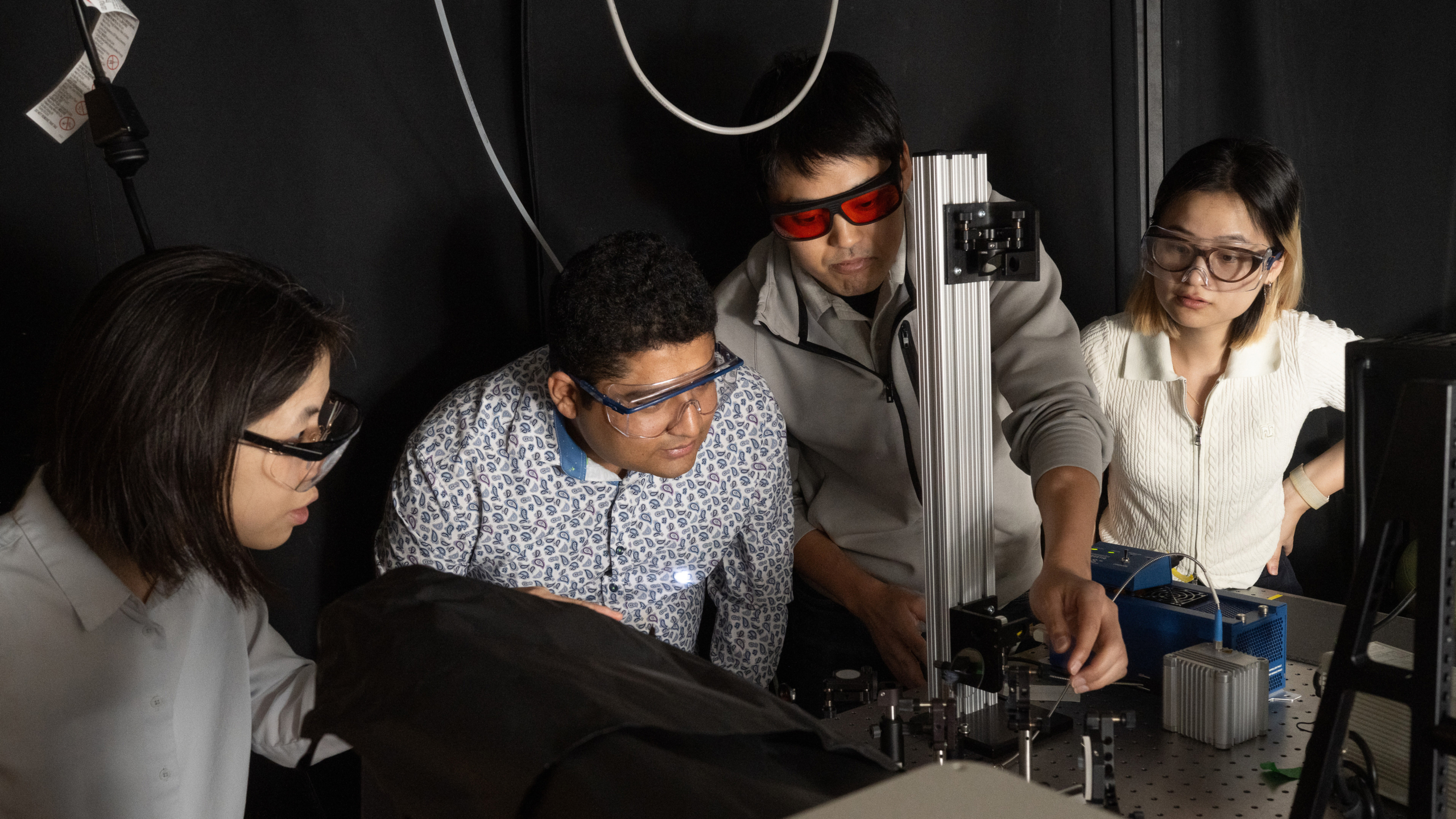Physicsworld
1M
104

Image Credit: Physicsworld
Shengxi Huang: how defects can boost 2D materials as single-photon emitters
- Shengxi Huang, a researcher at Rice University, focuses on studying 2D materials for their potential as single-photon emitters.
- Huang's group at Rice includes physicists, engineers, and material science experts, all exploring the optical and electronic properties of quantum materials.
- She is particularly interested in transition metal dichalcogenides, such as molybdenum disulphide, for their optoelectronic and transistor applications.
- Transition metal dichalcogenides have efficient light emission and high electron mobility, making them promising for future transistor technology.
- Single photons from these materials are crucial for quantum communication, cryptography, sensing, and computing applications.
- Huang's approach involves introducing atomic defects into 2D materials to enhance their optical properties, improving single-photon emission.
- Her lab uses techniques like photoluminescence to study defect emission and characterizes single photons for purity, brightness, and stability.
- Huang's group uses PicoQuant equipment, like a photoluminescence microscope and spectrometer, to analyze the optical properties of their samples.
- Their best single-photon source, boron nitride, exhibits a purity of 98.5% at room temperature, showing promising results for future applications.
- Future goals include enhancing single-photon emitters, exploring different wavelengths, and investigating the use of materials as high-quality quantum sensors.
Read Full Article
6 Likes
For uninterrupted reading, download the app